-
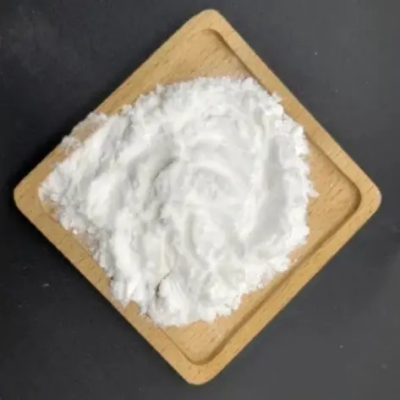
Tris(triphenylphosphine)rhodiu CAS:14694-95-2
Tris(triphenylphosphine)rhodium, with the chemical formula RhCl(PPh3)3, is a well-known coordination complex in organometallic chemistry. It features a rhodium atom coordinated to three triphenylphosphine ligands and a chloride ion. This complex is renowned for its significance as a catalyst in various organic transformations, particularly in hydrogenation reactions.
-

Tris(triphenylphosphine)ruthenium(II) chloride CAS:15529-49-4
Tris(triphenylphosphine)ruthenium(II) chloride, with the chemical formula RuCl(PPh3)3, is a coordination complex in organometallic chemistry. It features a ruthenium atom coordinated to three triphenylphosphine ligands and a chloride ion. This complex is notable for its catalytic activity in various organic transformations.
-
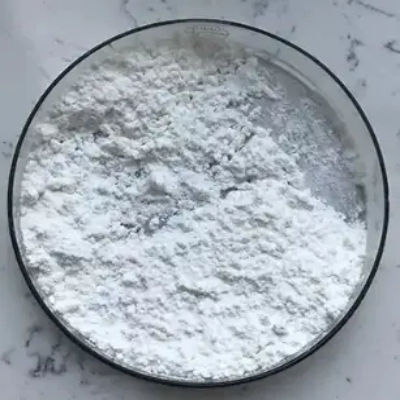
Sodium tetrachloropalladate(II) CAS:13820-53-6
Sodium tetrachloropalladate(II), with the chemical formula Na2[PdCl4], is a compound consisting of sodium ions and tetrachloropalladate(II) anions. It exists as a yellow crystalline solid and is soluble in water and other polar solvents.
-

Rhodium(III) chloride hydrate CAS:20765-98-4
Rhodium(III) chloride hydrate is a rhodium compound that contains chloride ions and water molecules. It is commonly used as a catalyst in various organic transformations due to its unique reactivity and catalytic properties.
-
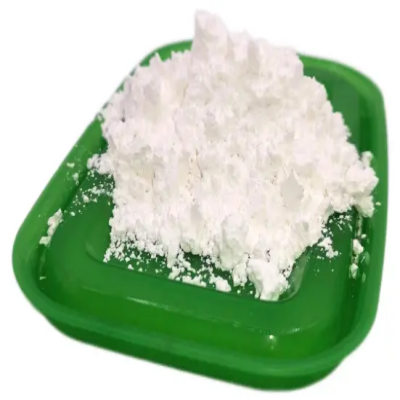
Sodium hexachloroplatinate(IV) hexahydrate CAS:19583-77-8
Sodium hexachloroplatinate(IV) hexahydrate, with the chemical formula Na2[PtCl6]·6H2O, is a hydrated salt composed of sodium ions and hexachloroplatinate(IV) anions, each coordinated with six water molecules. It is a crystalline solid with a yellow color and is soluble in water.
-
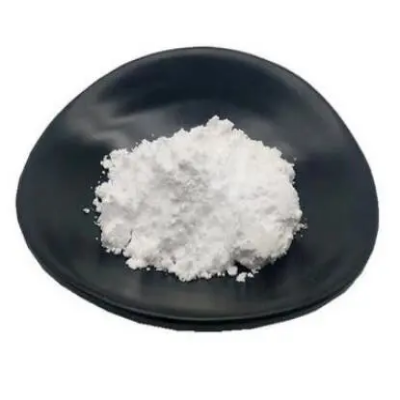
PALLADIUM (I) TRI-TERT-BUTYLPHOSPHINE BROMIDE CAS:185812-86-6
PALLADIUM (I) TRI-TERT-BUTYLPHOSPHINE BROMIDE is a coordination complex widely used in organic synthesis. It serves as a catalyst in various cross-coupling reactions, especially in the formation of carbon-carbon and carbon-heteroatom bonds. This complex is valued for its high catalytic activity and selectivity, making it a versatile tool in the field of organometallic chemistry.
-
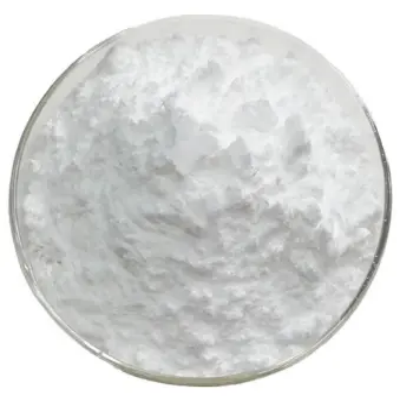
Diamminedinitritoplatinum(II) CAS:14286-02-3
Diamminedinitritoplatinum(II) is a coordination compound with the chemical formula Pt(NO2)2(NH3)2. It consists of a central platinum atom coordinated with two ammine (NH3) and two nitrite (NO2) ligands. This complex exhibits interesting chemical reactivity and is often employed in chemical synthesis and coordination chemistry research.
-
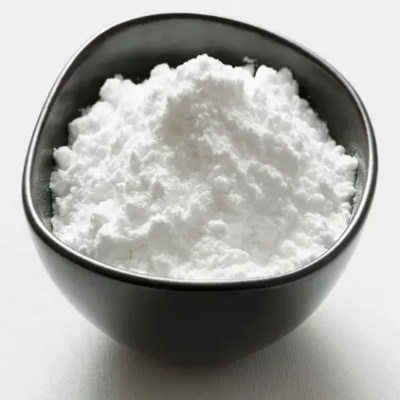
Chlorocyclopentadienylbis(triphenylphosphine)ruthenium(II) CAS:32993-05-8
Chlorocyclopentadienylbis(triphenylphosphine)ruthenium(II) is a coordination compound featuring a cyclopentadienyl ligand, two triphenylphosphine ligands, a chloride ligand, and a ruthenium center. It is widely utilized as a catalyst in various organic transformations, including olefin metathesis, hydrogenation, and C-H activation reactions. Additionally, it serves as a precursor for the synthesis of other ruthenium complexes with diverse applications in catalysis, material science, and medicinal chemistry.
-

Carbonyldihydrotris(triphenylphosphine)ruthenium CAS:25360-32-1
Carbonyldihydrotris(triphenylphosphine)ruthenium is a coordination compound containing three triphenylphosphine ligands, two carbonyl ligands, and a ruthenium center. It is commonly employed as a catalyst in various organic transformations, including hydrogenation, hydrosilylation, and carbonylation reactions. Additionally, it serves as a precursor for the synthesis of other ruthenium complexes with diverse applications in catalysis, material science, and medicinal chemistry.
-
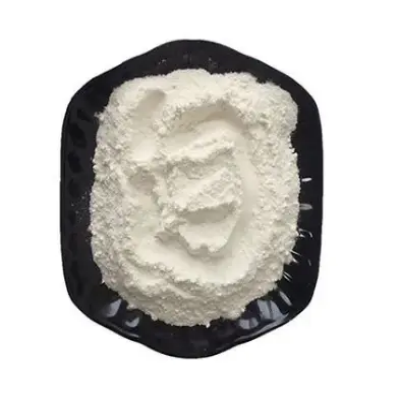
Rhodium(II) octanoate dimer CAS:73482-96-9
Rhodium(II) octanoate dimer, with the chemical formula Rh2(Oct)4, is a coordination complex of rhodium characterized by its dimeric structure. Octanoate ligands bridge two rhodium atoms, forming a stable coordination compound. This compound is utilized as a catalyst in various organic transformations, particularly in carbene insertion and C-H activation reactions.
-

Platinum dichloride CAS:10025-65-7
Platinum dichloride, with the chemical formula PtCl2, is a binary compound of platinum and chlorine. It is characterized by its platinum(II) oxidation state and forms yellow crystals. This compound is of interest in both academic and industrial research due to its unique properties and potential applications.
-
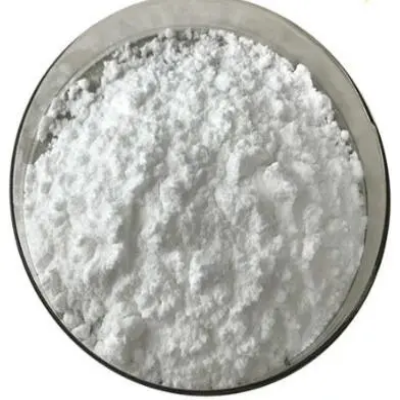
Platinum tetrachloride CAS:13454-96-1
Platinum tetrachloride, with the chemical formula PtCl4, is a platinum compound characterized by its platinum(IV) oxidation state. It forms dark red crystals and exhibits high reactivity due to its electronegative chlorine ligands. This compound is of significant interest in various research areas due to its unique properties and potential applications.

